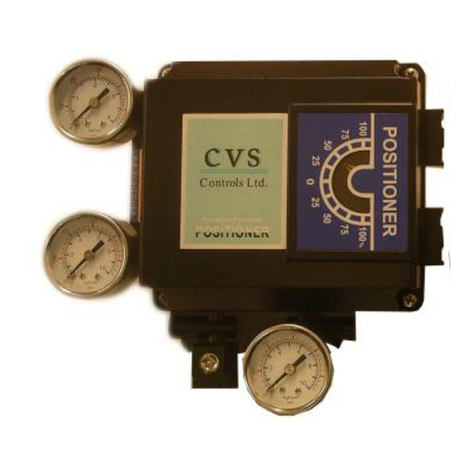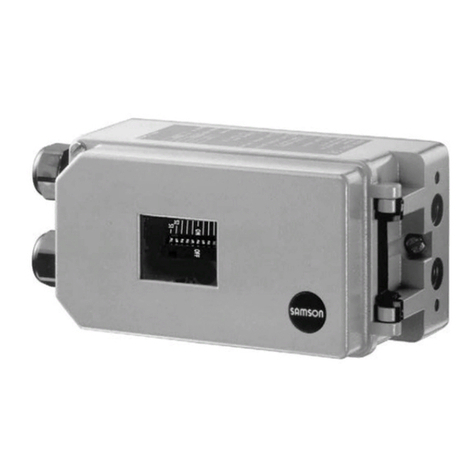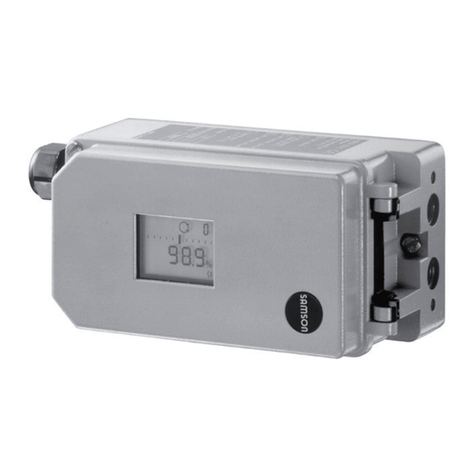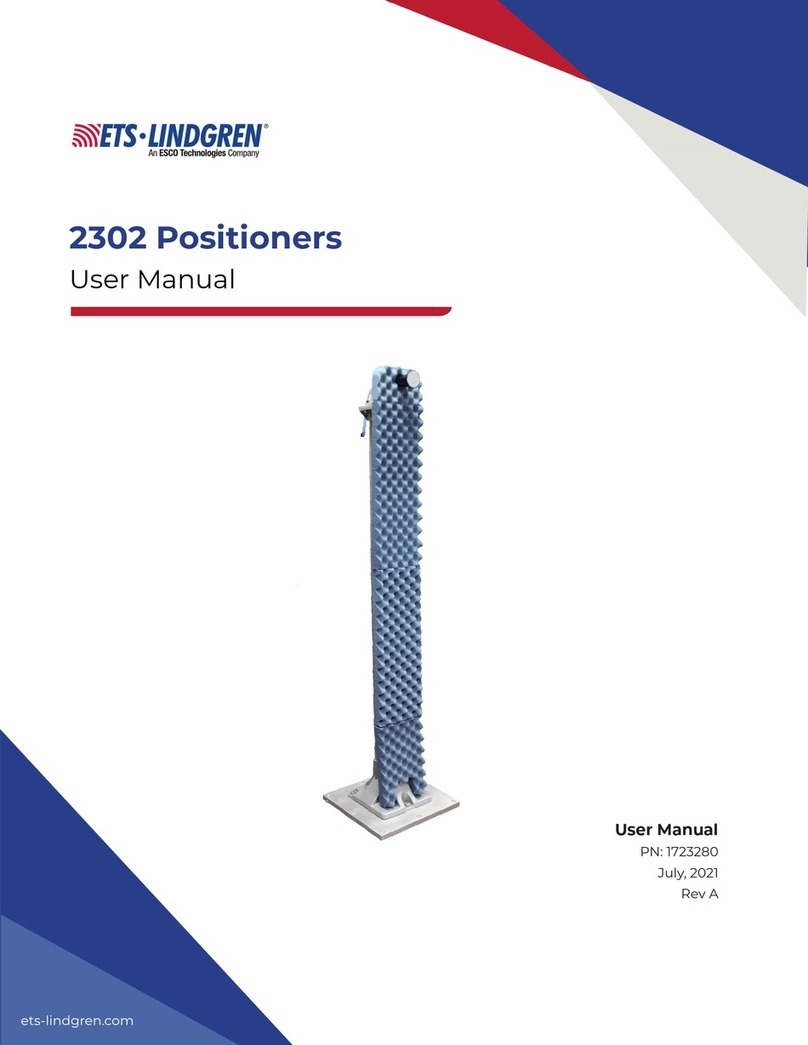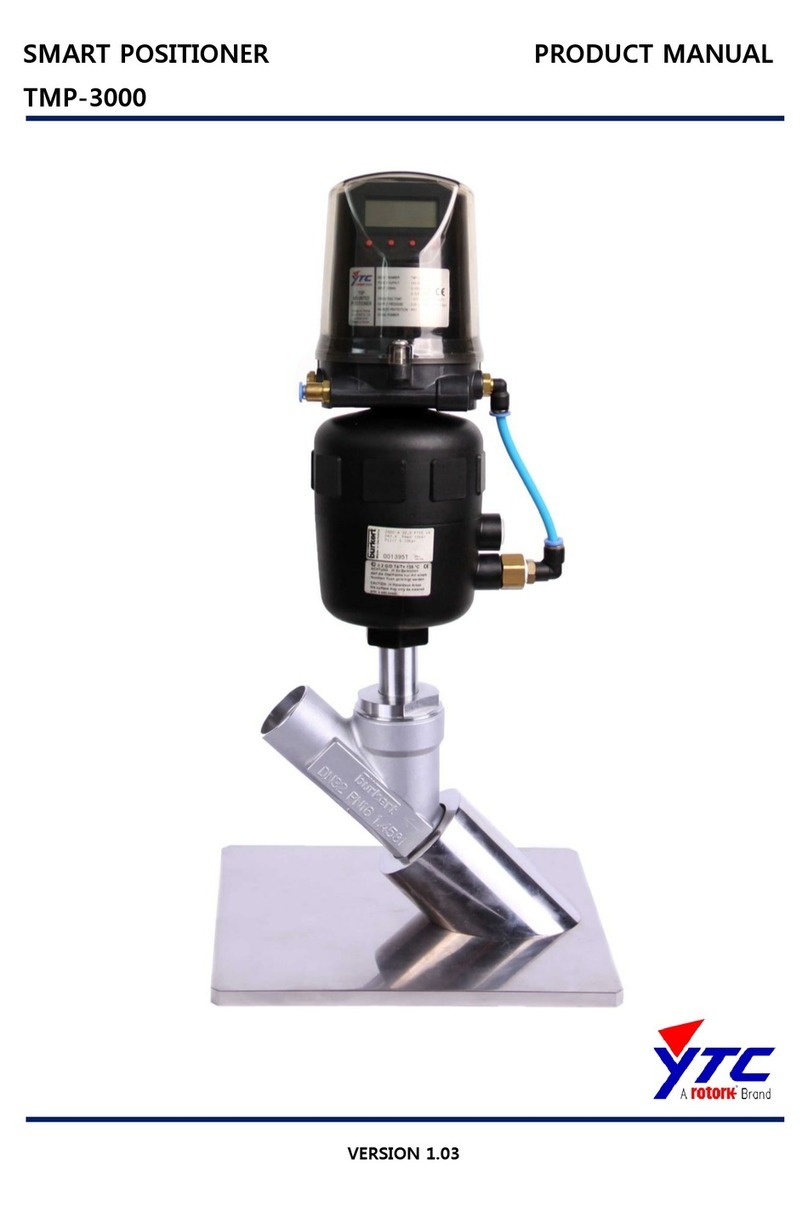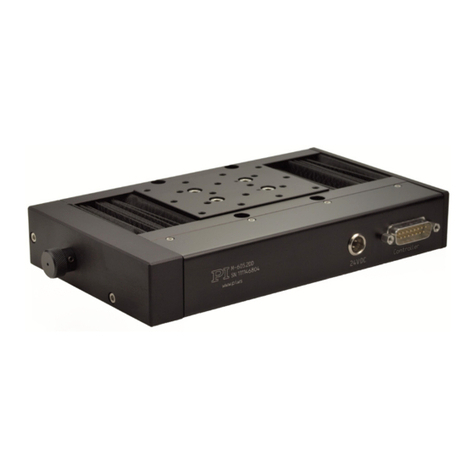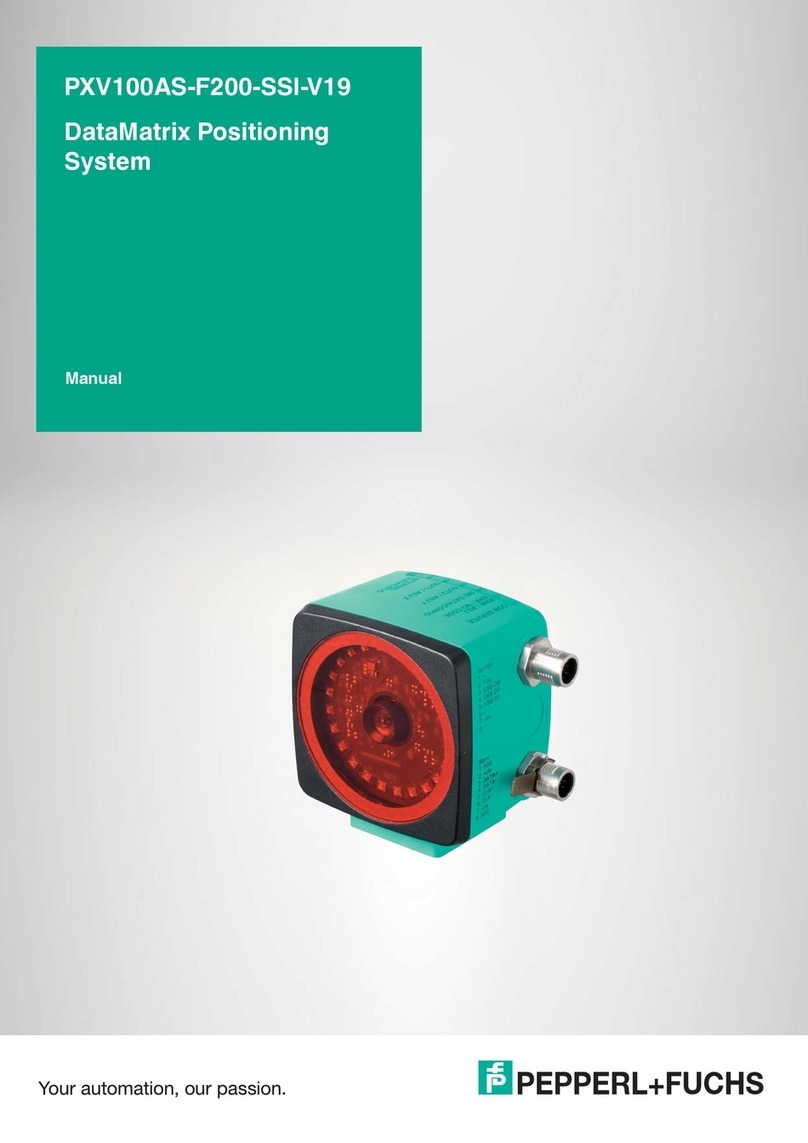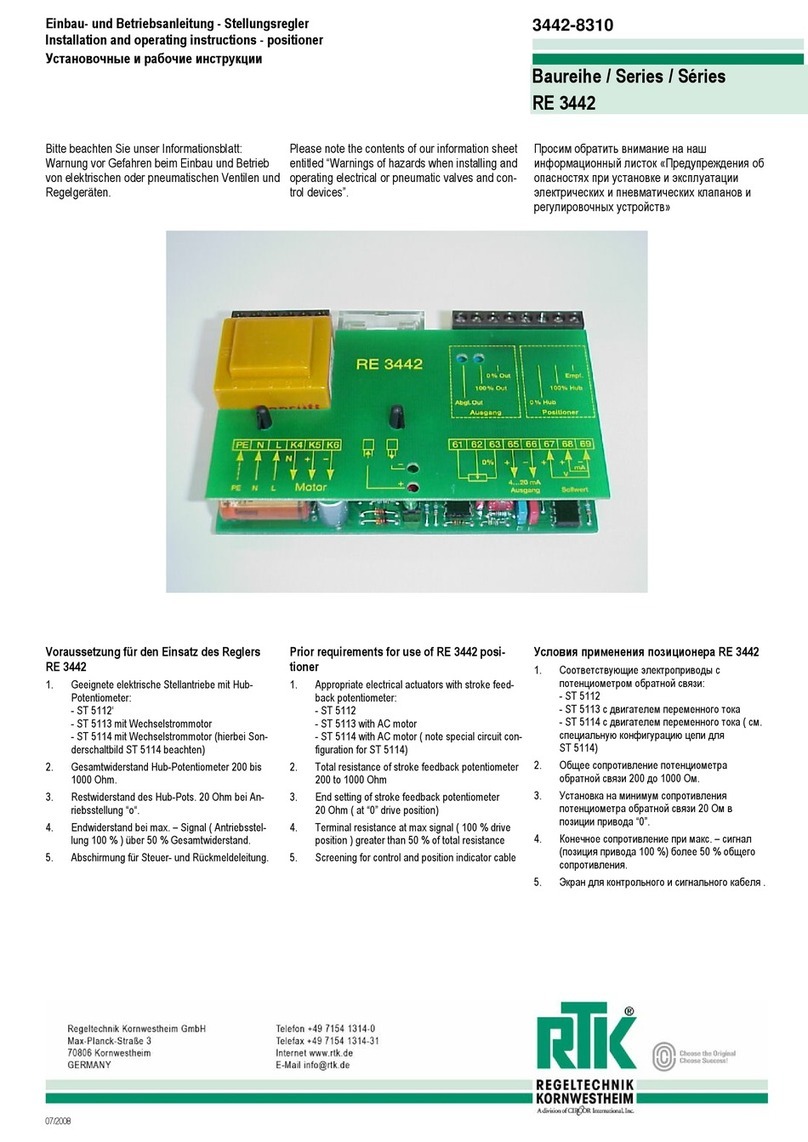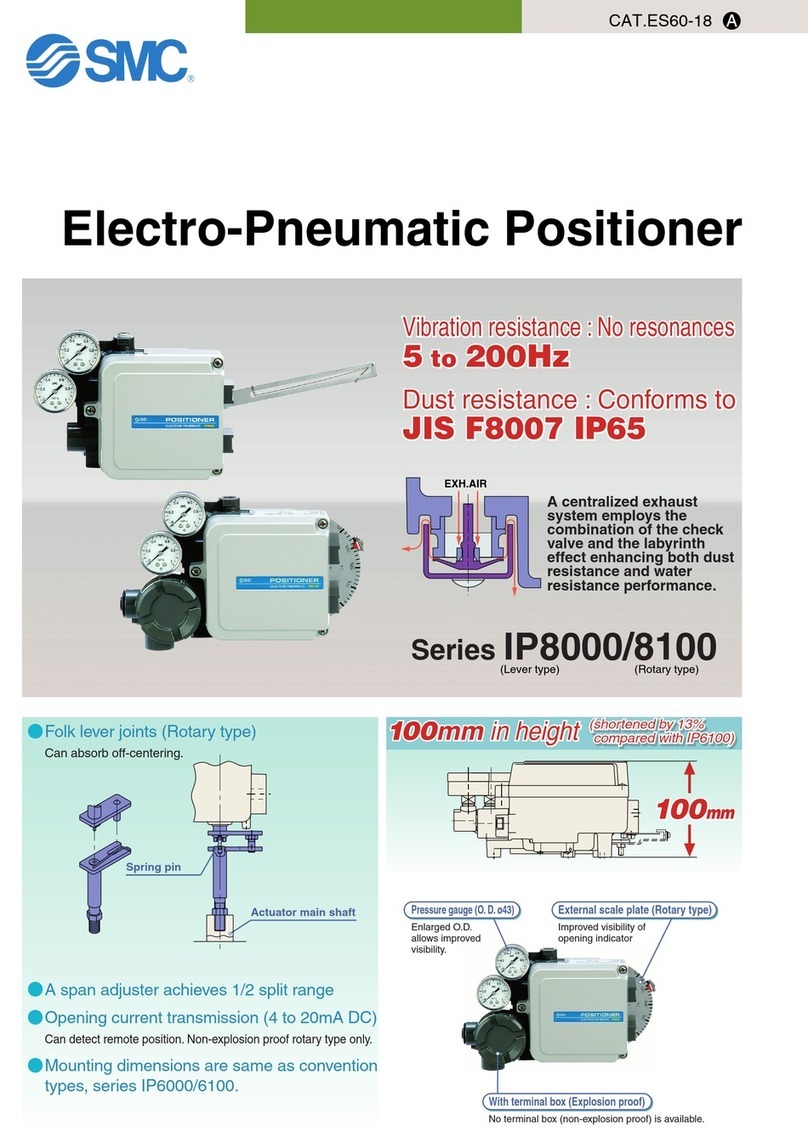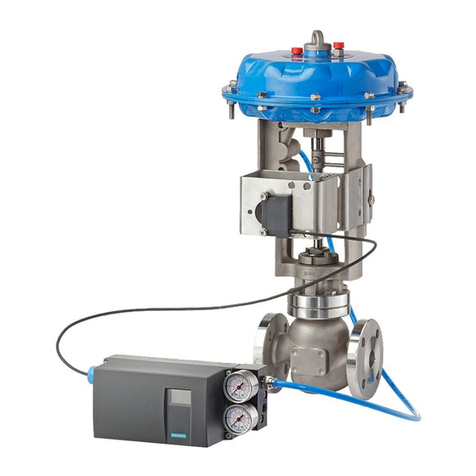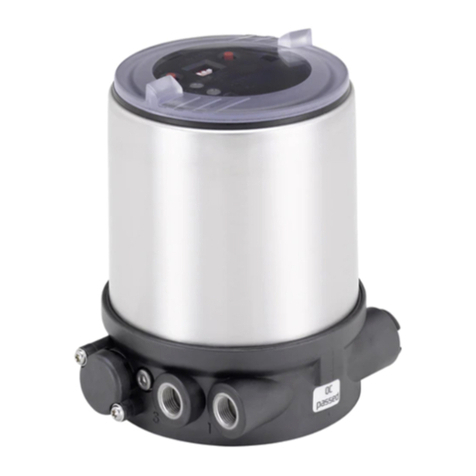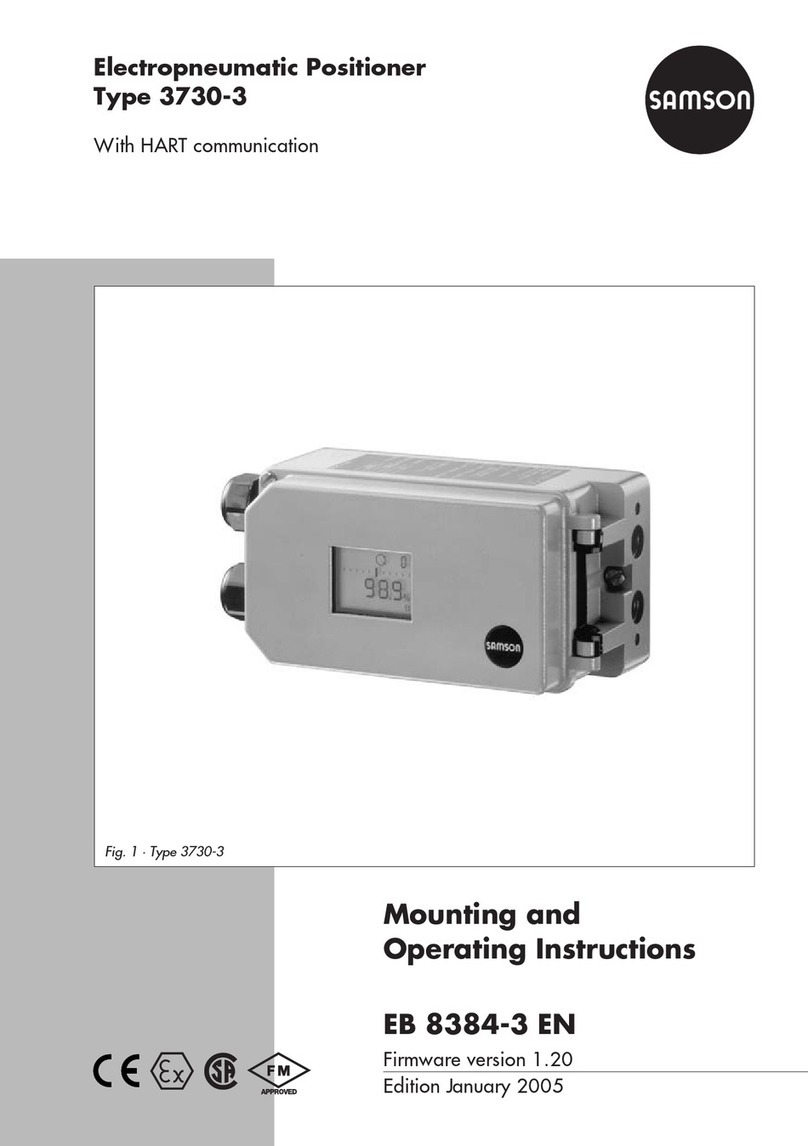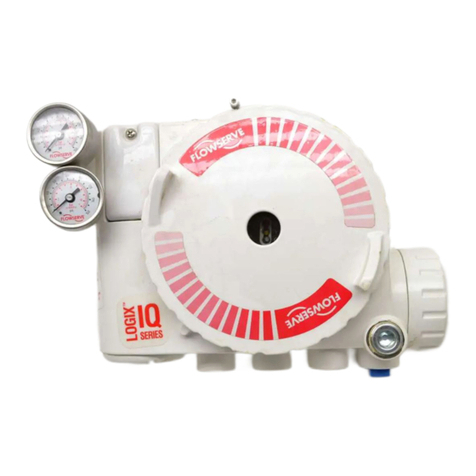
7
The second way to locate a valve is to use the loop method. The
loop method will only give a signal over a valve/solenoid. It will not
track the wire path. So for this method to work, it is best if you have
already tracked the wire and marked where it goes. To setup the
loop method, you will connect the red lead to the station wire
associated with the valve you want to locate. But you will connect
the black lead to the common wire instead of the ground stake.
Then you will walk along the path you have already marked. There
will be no sound until you get to where the valve is located. At the
valve, you will hear loud beeping in a 2-4 foot diameter.
Helpful Hints
Increases in signal strength and/or the size of the area it is
occurring from usually indicates some type of anomaly in the
cabling. Things that could cause this are valves (as described
above), nicks, cuts, bad splices, or cut wires. Good condition cable
does not normally change the tone or strength, other than a very
gradual loss of reception over distance. Slack loops (extra wire
coiled and buried) left in the ground at installation are an example
of a condition that would cause an increase of signal and yet have
no problem.
Also, ground condition makes a huge difference in the performance
of cable locators. Basically, a path is being created from the
transmitter, through the cable, out through the ground and back to
the ground stake. Any mistake in any of these links will cause the
locator to not work properly. Be sure your ground stake is secure
and in the dirt and that the transmitter is connected to the cable
you want to track.
In addition, the more conductive the soil, the better. Dry sandy
desert soil is not a good transmitter of signal and you will
experience better results in moist soil. If you are in the desert, a
little water at the ground stake may help.
